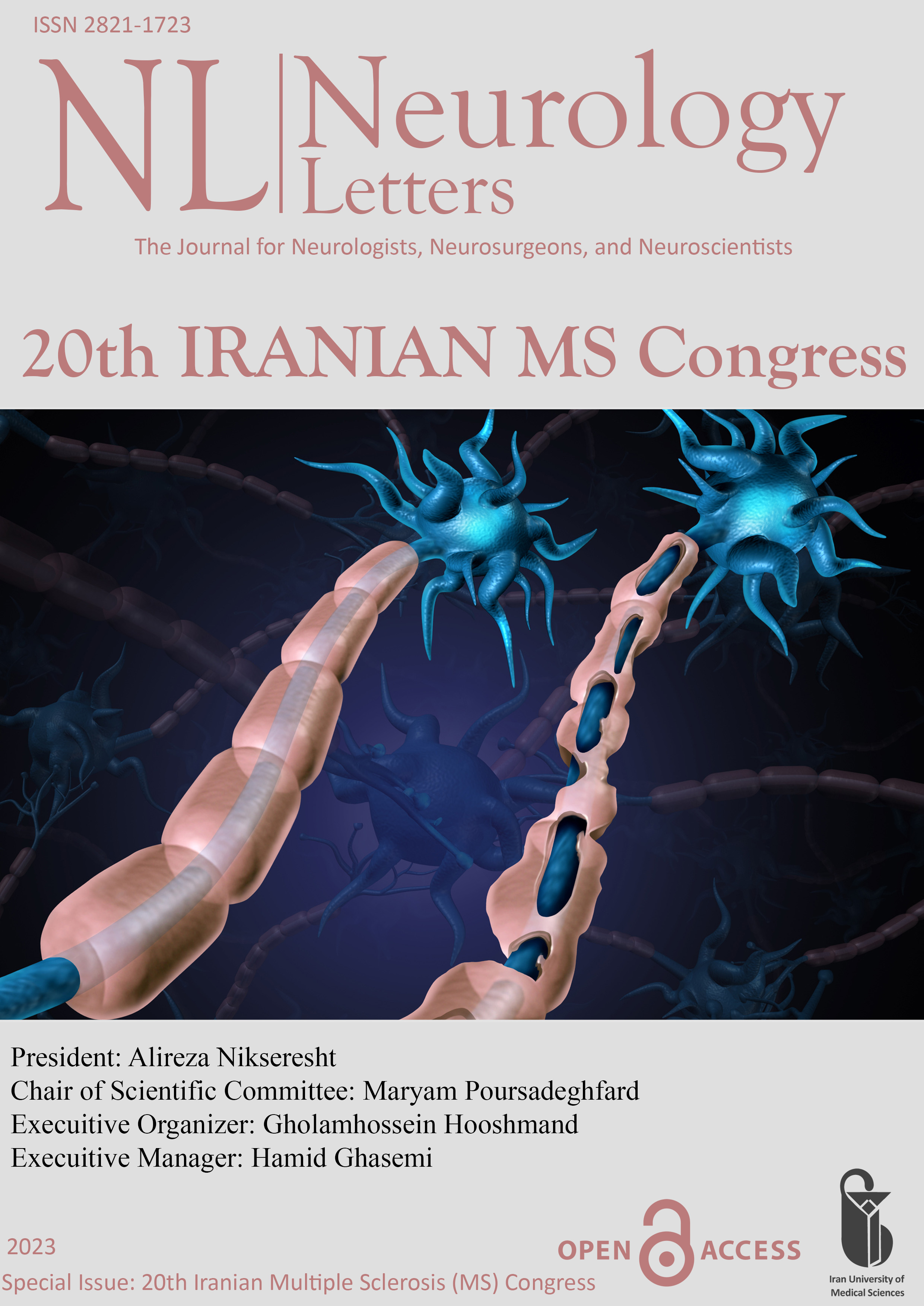The importance of vestibular evaluation and rehabilitation in improving the balance in MS patients (ORP-04)
Document Type : Oral Presentation
Author
Department of Clinical Sciences, School of Rehabilitation, University of Social Welfare and Rehabilitation Sciences, Tehran, Iran
Abstract
About two-thirds of MS patients report problems with balance or coordination in their daily lives. The prevalence of vestibular symptoms in MS patients is about 49-59%. Balance disorders can be seen even in the early stages of MS. The fear of falling due to balance disorder and its consequences significantly limits the quality of life in these patients and leads to a decrease in their activity level, productivity and social withdrawal. Timely identification of balance and vestibular disorders in MS patients is important because it leads to the adoption of appropriate drug treatments or appropriate rehabilitation strategies to minimize disability. The input and integration of three visual, vestibular and somatosensory senses are used to stimulate balance reflexes and maintain balance in static and moving conditions. Balance and vestibular disorders are usually associated with eye movement disorders, which can cause vertigo. Therefore, it is important to examine eye movements in vestibular disorders. Classification of eye movement disorder often leads to the identification of the neural structures involved. An increase in the amount of eye movement disorder leads to an increase in the disability of a person with MS and an increase in the EDSS score. Oculomotor tests such as saccade and smooth pursuit have a high diagnostic value in examining brainstem and cerebellar circuits. The VOR reflex can also be impaired following damage to the central part of the vestibular system. Also, vestibular evoked potentials can be a good tool for predicting and diagnosing brainstem involvement in MS patients, despite the correlation with MRI results. Static Posturography evaluation can also quantify balance disorders in MS patients. Adding static Posturography as an objective functional test to the assessment of EDSS in the early stages of MS is significant. In general, the results of balance evaluation tests show that these tests, along with clinical and MRI evaluations, are a good tool for diagnosing and following the treatment and rehabilitation process of MS patients. Due to the high prevalence of vestibular symptoms in patients with MS, it is better to implement vestibular system rehabilitation programs alongside the usual rehabilitation program for patients. Vestibular rehabilitation protocol with emphasis on gaze and postural stability. Improvement of VOR function leads to reduction of imbalance symptoms. Visual stability exercises, static and dynamic balance exercises, walking in different postures, and walking exercises with changes in visual inputs can effectively improve vestibular function in MS.
Keywords
 Neurology Letters
Neurology Letters
